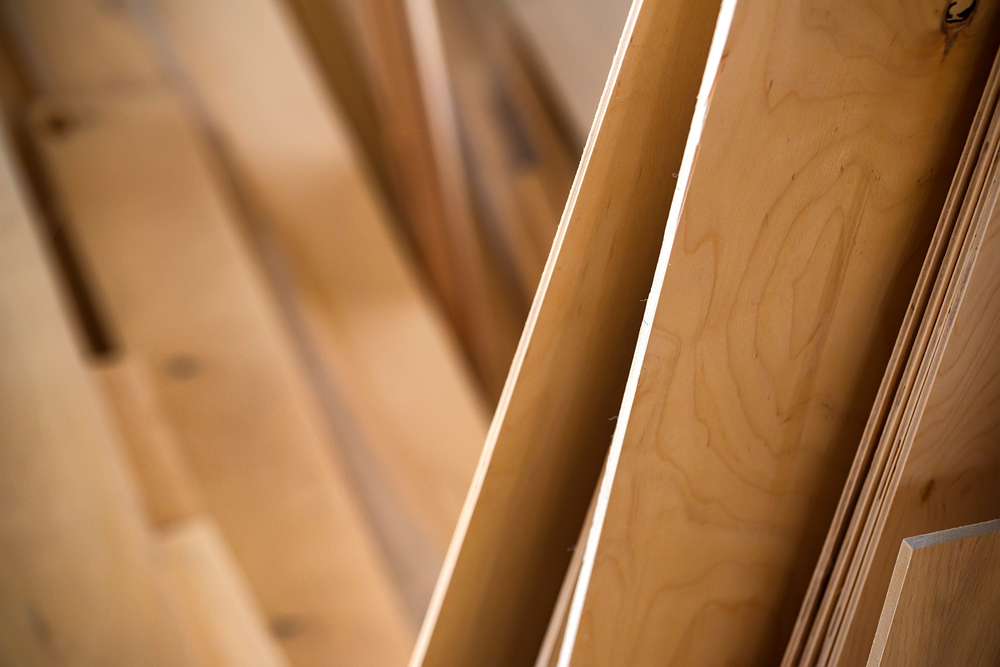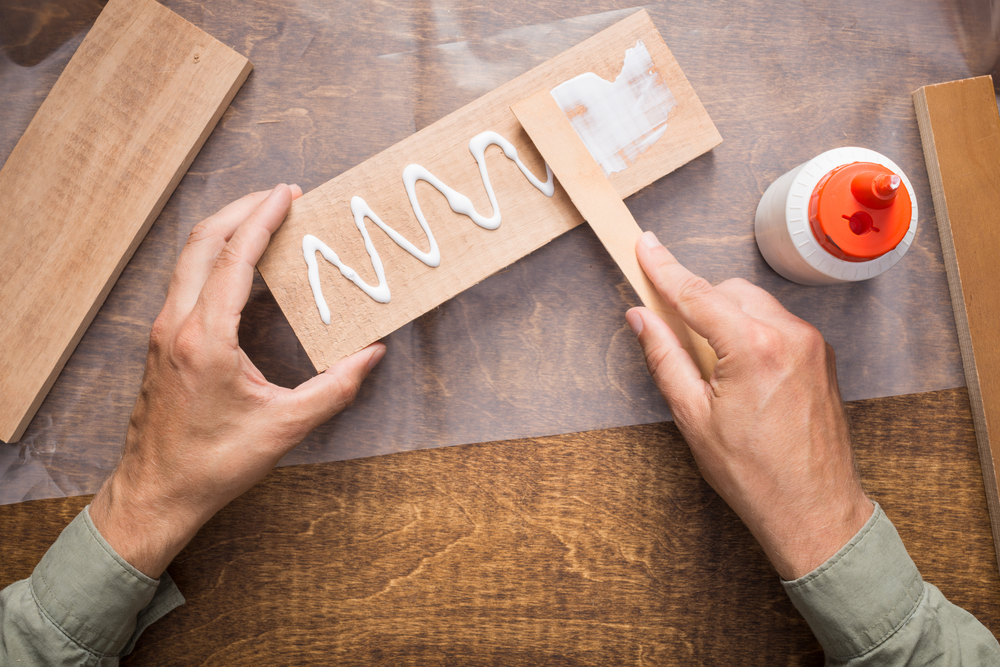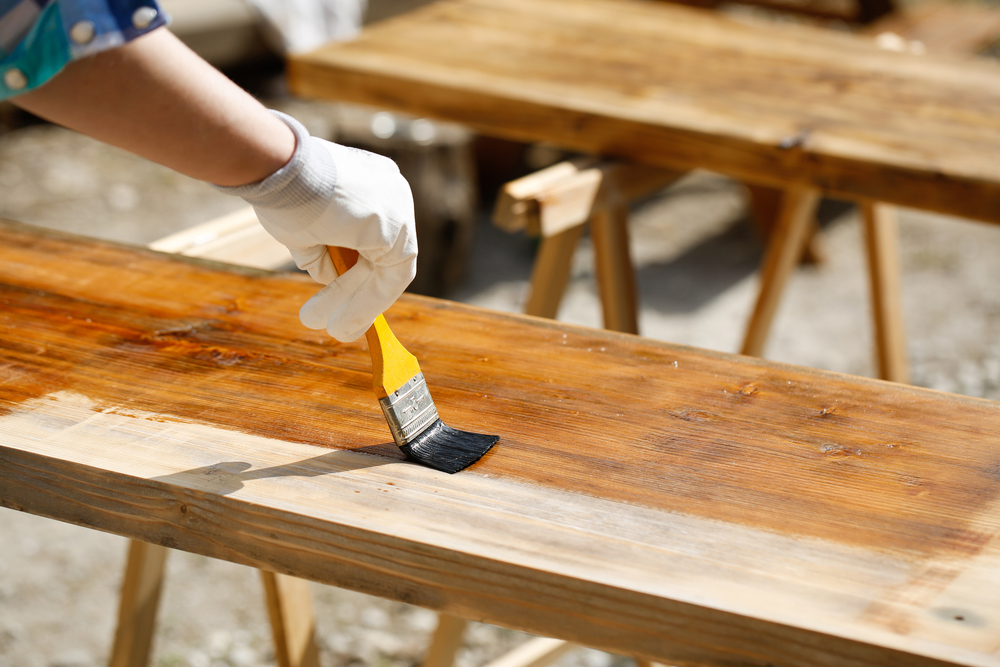Understanding Antiques: Materials That Stand the Test of Time
Antiques often captivate enthusiasts with their craftsmanship and history. Their longevity largely hinges on the materials used. Different materials not only contribute to the aesthetic and value but also to the historical significance.
Wood
Wood has been a primary material in antiques for centuries. Oak, mahogany, walnut, and cherry are some of the most prized woods. These types of wood are durable and age gracefully, developing a patina that enhances their appearance. Oak, known for its strength, was often used in English furniture. Mahogany, a favorite in the 18th century, is appreciated for its rich color and fine grain. Walnut is more versatile, used for both furniture and decorative items, where its detailed grain offers unique patterns. Cherry wood, with its warm tones, is a staple in American furniture.
Metal
Metals like iron, brass, bronze, and silver are prominent in antiques. Each metal has its unique qualities and uses. Iron, strong and malleable, was common in tools and architectural elements. Brass, an alloy of copper and zinc, embodies a golden hue and was often used for hardware and decorative pieces. Bronze, made from copper and tin, offers a blend of durability and beauty, often seen in sculptures and fixtures. Silver, with its luster and malleability, is widespread in cutlery, jewelry, and decorative items.
Glass
Antique glass items range from bottles to chandeliers. The history of glassmaking stretches back millennia. Venetian glass, especially that from Murano, is renowned for its quality and craftsmanship. Victorian glass often featured unique etchings and vibrant colors. Depression glass, produced during the Great Depression, is distinguished by its pale hues and patterns. More contemporary collectible glass, such as American Brilliant Period cut glass, displays intricate cuts and prisms that catch the light beautifully.
Ceramics and Porcelain
Ceramics and porcelain hold a significant place in antique collections. Porcelain, often referred to as china, was perfected by the Chinese and later adopted by Europeans. It is prized for its delicate appearance and strength. Bone china, containing bone ash, is incredibly durable yet fine. Stoneware and earthenware, although less refined, are sturdy and were used for everyday items. Delftware, originating from the Netherlands, is known for its blue and white designs. Majolica, with its vibrant glazing technique, adds a splash of color to collections.
Textiles
Antique textiles include tapestries, quilts, and garments. Tapestries, woven with rich threads, depict historical or mythological scenes. Quilts, often handcrafted, reflect regional styles and patterns. Garments, adorned with intricate embroidery or lace, provide insight into past fashions. These textiles offer a tactile connection to history, showcasing techniques passed down through generations. The durability of materials like linen, silk, and wool has allowed many pieces to survive, despite their age and use.
Stone
Stone, a timeless material, has been used in sculptures, jewelry, and architectural elements. Marble, with its smooth texture and range of colors, is favored for sculptures and building decor. Granite, harder and more durable, is typical in more utilitarian items. Semi-precious stones like jade and turquoise are often seen in jewelry. Each type of stone requires specific techniques to carve and shape, reflecting the skill of the artisans. Stone pieces often carry a weight of history, both literally and figuratively.
Paper
Antique paper items include books, manuscripts, maps, and prints. The quality of paper and printing techniques evolved over centuries. Early manuscripts, handwritten on parchment or vellum, showcase calligraphy skills and artistic flourishes. The advent of the printing press revolutionized book production. Maps, often hand-drawn, provide fascinating insights into historical geography and cartography. Prints, whether woodcut, engraving, or lithograph, reflect artistic movements and technological advances.
Leather
Leather, valued for its durability and flexibility, is common in furniture, books, and apparel. Antique leather-bound books, with their embossed covers, are prized by collectors. Leather furniture, especially Chesterfield sofas, evokes a classic aesthetic. Fashion items like gloves, bags, and shoes demonstrate craftsmanship and styles of past eras. The preservation of leather involves proper care, keeping it supple and free from cracks.
Ivory
Ivory, derived from elephant tusks, was used extensively in the past. It is known for its smooth texture and ability to hold fine details. Items range from jewelry and figurines to piano keys and inlay work. Due to conservation laws, ivory trading is now restricted, which impacts the value and collection of antique ivory pieces. Historical ivory artifacts often spark discussions on wildlife conservation and ethical collecting.
Tools and Techniques
- Joinery: The method used to connect wood without nails, such as dovetail joints, signifies quality craftsmanship.
- Gilding: Applying thin layers of gold leaf to metals or wood adds a luxurious touch.
- Carving: Detailed designs are often carved into wood, stone, or ivory, showcasing artisans’ skills.
- Blown Glass: Blowing glass into shapes requires precision and artistry, leading to unique, often asymmetrical pieces.
- Inlay: Combining different materials, like wood and ivory, creates intricate decorative patterns.
- Embroidery: Hand-stitching designs onto textiles adds detailed patterns and textures.
Care and Preservation
Proper care is crucial for antique preservation. Wood items benefit from regular polishing and controlled humidity levels to prevent cracking. Metals require careful cleaning to avoid corrosion; this involves avoiding harsh chemicals that might damage the patina. Glass and ceramics should be dusted gently and handled with care to prevent chipping. Textiles should be stored away from direct sunlight to prevent fading, and inspected for pest damage. Stone pieces need cleaning with mild soap and water, avoiding acidic substances that can erode surfaces. Leather should be conditioned periodically to maintain its suppleness. Paper items should be kept in dry, cool places, protected from excessive handling and light. Responsible ownership ensures antiques remain well-preserved for future generations to appreciate.






